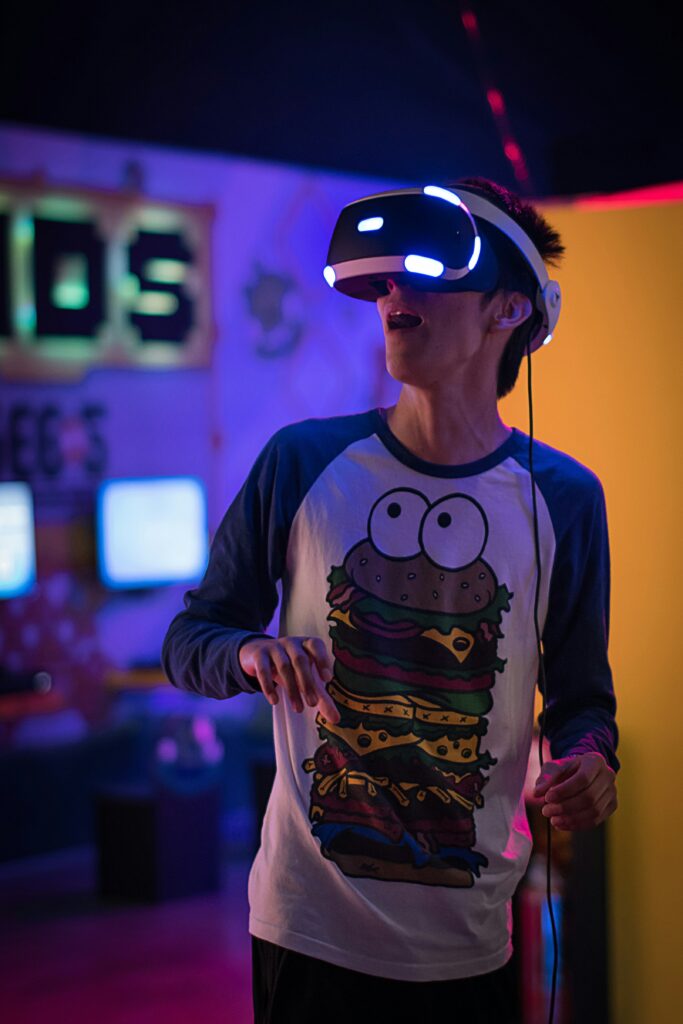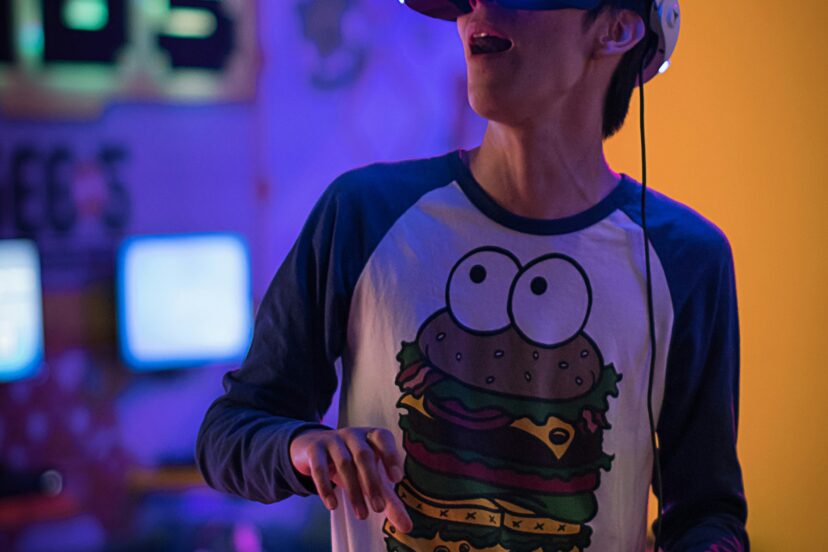How Do You Create Sound Effects For Video Games?
Hey there, fellow gamers and sound enthusiasts! We’re diving into the fascinating world of game audio to unveil the magic behind sound effects in video games. Imagine we’re on this creative journey together, exploring the techniques and tools devs use to breathe life into virtual worlds. From recording real-life sounds to mastering digital audio workstations, we’ll uncover how every click, crash, and creature growl is meticulously crafted to immerse us deeper into our favorite games. Let’s jump in and explore the artistry that transports us to fantastical realms through the power of sound! How do you create sound effects for video games? If you’re like us, this question probably sparks a bit of curiosity and excitement. After all, sound effects play a vital role in immersing ourselves in the unseen worlds of video games. In this article, we’re going to walk you through the intricate journey of creating sound effects for video games, sharing our insights and tips for crafting those perfect audio elements.

Understanding the Role of Sound Effects in Video Games
Sound effects are crucial in enhancing the gaming experience by creating an immersive environment. They provide auditory feedback for the player’s actions, set the mood, and convey important information. Think about the audio cues when you pick up an item or the ambient sounds that bring a virtual forest to life. Every footstep, explosion, and whisper in video games requires careful design and implementation.
The Basics of Sound Design for Video Games
What is Sound Design?
Sound design is the art and practice of creating audio elements for various media, including video games. It involves recording, manipulating, and combining sounds to fit a particular aesthetic or to serve a functional purpose within the game.
Why is it Important?
Sound effects can significantly affect gameplay. They can provide cues about the environment, convey the intensity, and enhance the emotional stakes of a scenario. For instance, a well-designed sound for an enemy approaching can make a player feel more engaged and alert.
Key Terminology
Before we dive deeper, let’s get familiar with some key terms that you’ll encounter while working on sound effects:
| Term | Definition |
|---|---|
| Foley | The reproduction of everyday sound effects that are added to films, videos, and video games. |
| Diegetic Sounds | Sounds whose source is visible on the screen or whose source is implied to be present by the action. |
| Non-Diegetic Sounds | Sounds that come from outside the story space, like background music or narrators. |
| Ambience | Background sounds that create a sense of place. |
| SFX | Abbreviation for ‘Sound Effects.’ |
| MIDI | Musical Instrument Digital Interface, a protocol for recording and playing back music. |
The Tools of the Trade
Essential Software
There are several software tools available that can help us create the perfect sound effects for video games:
- Digital Audio Workstations (DAWs): Programs like Ableton Live, Logic Pro X, and FL Studio are popular choices among professionals for recording and editing sounds.
- Sound Libraries: Collections of pre-recorded sounds that can be used or manipulated. Examples include SoundDogs, BBC Sound Effects, and Freesound.
- Plugins: Tools that extend the capabilities of DAWs. Examples include Native Instruments Komplete, Waves Audio, and Izotope RX.
Hardware Requirements
Good sound design often requires a robust setup, including:
- High-quality microphones for recording sounds.
- Audio interfaces to connect microphones and instruments to your computer.
- Monitors and headphones for accurate sound playback.
The Creative Process
Conceptualization
The first step in creating sound effects is to understand the game’s world, themes, and aesthetics. Collaborate with game designers and developers to get a solid grasp of what each sound effect should achieve.
Field Recording
Sometimes, the best sounds come from real life. Foley artists excel at using everyday objects to produce the perfect sound. For example, crushing a bag of chips might mimic the sound of footsteps on gravel.
Sound Synthesis
When recording isn’t enough, we turn to synthesis to create sounds from scratch. This involves using software synthesizers to generate sound waves and then manipulating their properties to achieve the desired effect.
Layering and Editing
Creating a single sound effect often involves layering multiple recordings and synthesized sounds. Editing tools in DAWs allow us to cut, stretch, and morph these layers into cohesive audio clips.
Implementing Sound Effects in the Game
After creating the sound effects, the next step is implementing them in the game engine. This part requires close collaboration with developers to ensure that sounds trigger at the appropriate times and blend seamlessly with the gameplay.
Best Practices in Game Sound Design
Consistency
Ensure that all sound effects align with the game’s style and atmosphere. Consistency is key to maintaining immersion. For example, a sci-fi game might not fit well with rustic, nature-based sounds.
Dynamic Range
Balance the loudness of different sounds. Important cues should stand out without overwhelming the player. Properly managing the dynamic range helps keep the audio mix clear and engaging.
Adaptive Audio
Implement adaptive audio techniques where the sounds change in response to the player’s actions. This makes the gameplay feel more responsive and engaging. For example, the sound intensity could increase when the player enters a critical game area.
Testing and Iteration
Test sound effects in different gameplay scenarios to ensure they work as intended. Gather feedback and be prepared to go through several iterations to perfect the audio experience.
Case Studies: Iconic Video Game Sound Effects
The Legend of Zelda: The Master Sword
The sound effect of pulling out the Master Sword is iconic. It combines the sound of metal clinking with a rising musical tone to give a sense of awe and power. The sound designers used real sword recordings, combined with synthesized elements for the magical overtones.
Halo: The Shield Recharge
The sound of Halo’s shield recharge is a perfect blend of sci-fi and functional feedback. The designers used synthesized sounds to create a rising electronic whine, which not only fits the game’s futuristic setting but also gives players immediate feedback that their shield is regenerating.
Super Mario Bros.: The Jump
The jump sound in Super Mario Bros. is simple yet effective. It’s a short, high-pitched noise that gives immediate feedback for a fundamental action. This sound was created using early synthesis techniques available on the NES console.
The Future of Sound Design in Video Games
Virtual Reality (VR) and Augmented Reality (AR)
As VR and AR become more prominent, sound design will evolve to create even more immersive experiences. 3D audio and spatial sound will become standard, and sound designers will need new techniques to ensure audio elements come from the correct direction and distance.
Procedural Audio
Procedural audio involves creating sounds algorithmically rather than using pre-recorded samples. This allows for more dynamic and adaptable sound effects, which can change based on in-game variables.
Artificial Intelligence
AI is becoming increasingly involved in the creative processes, including sound design. Future sound design tools might integrate AI to suggest sound effects, automate certain tasks, and even create initial drafts of sound effects that can then be refined by humans.
Conclusion
Creating sound effects for video games is a complex but incredibly rewarding process. It requires a blend of technical skill, creativity, and a deep understanding of the game world. From initial concept to final implementation, every step plays a crucial role in shaping the immersive experiences we all enjoy. By understanding the tools of the trade, following best practices, and staying aware of emerging trends, we can continue to create audio that elevates video games to new heights.
We hope this detailed guide has shed light on the fascinating world of game sound design. Whether you’re an aspiring sound designer or just curious about the behind-the-scenes magic, there’s always more to explore and learn in this ever-evolving field.




